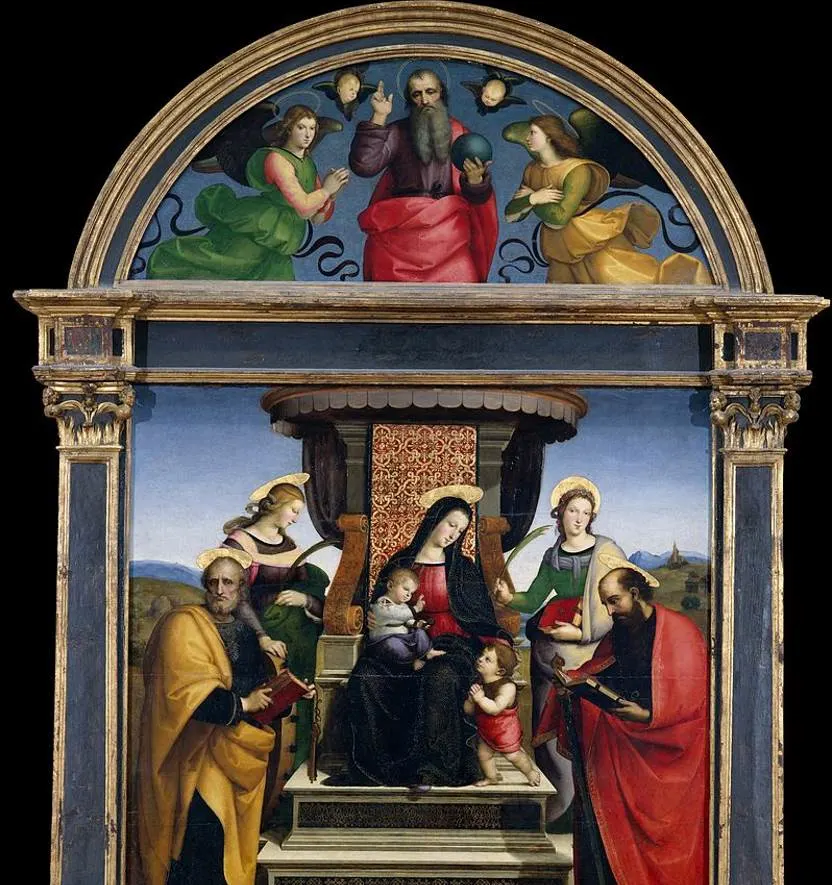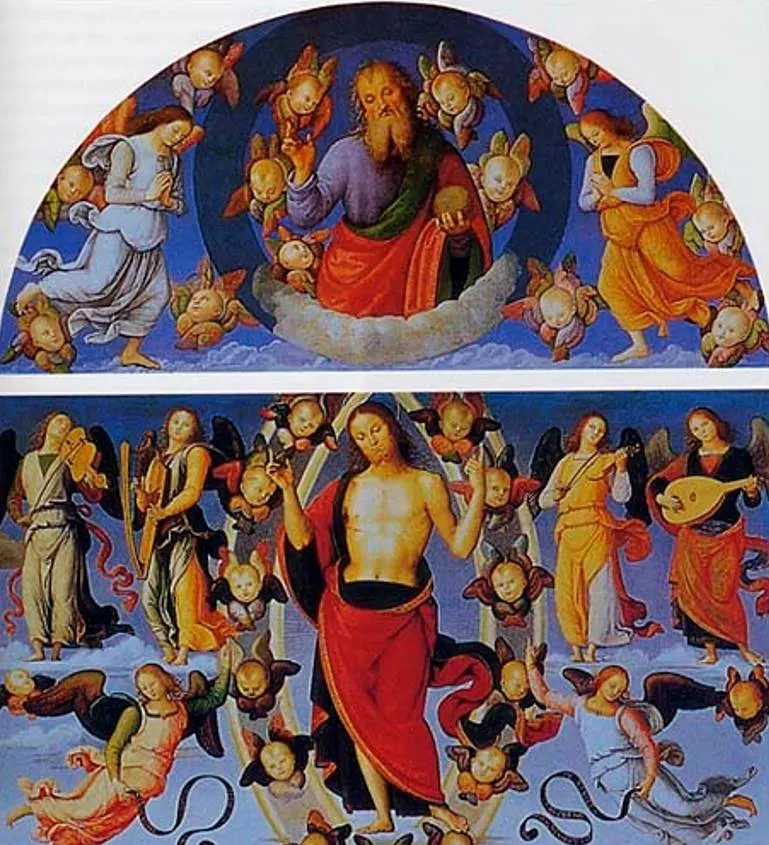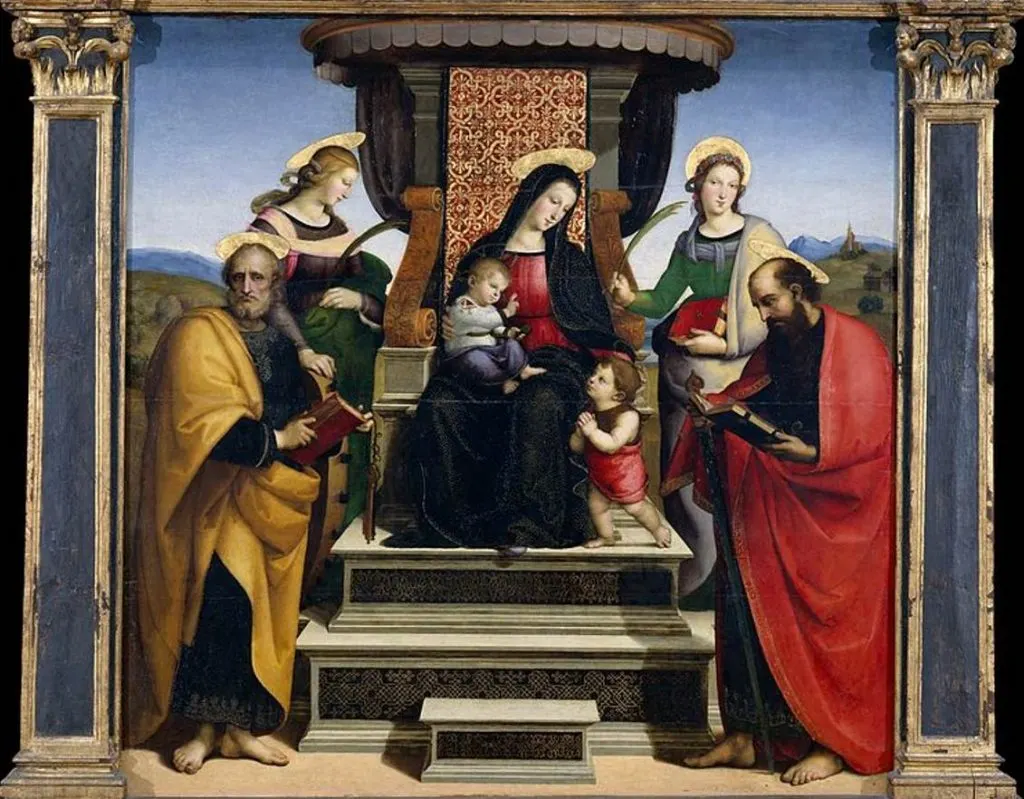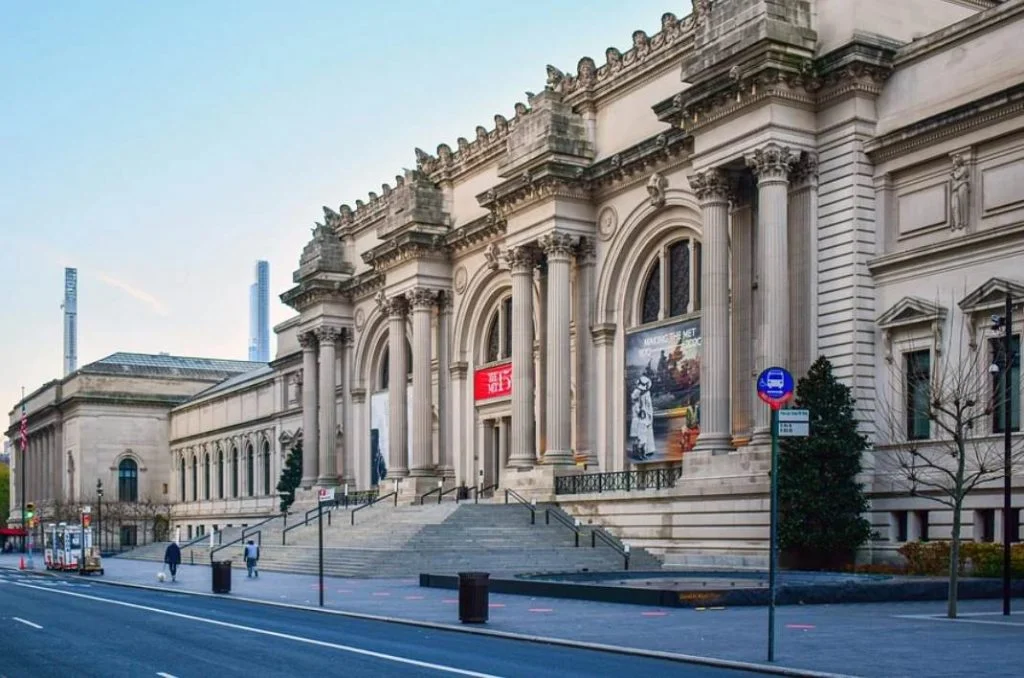The High Renaissance was one of the fascinating periods in the history of Western art. Several of the greatest artists in history produced some of the world’s ultimate treasures. One of these artists was Raffaello Sanzio da Urbino (1483-1520), better known as Raphael.
Although his life was cut short due to a mysterious illness at the young age of 37, he left behind an incredible legacy of masterpieces that he produced in the late 15th and early 16th centuries.
In this article, we’ll take a closer look at some of the most interesting facts about Madonna and Child Enthroned with Saints by Raphael, an intriguing work of art by the young Renaissance master.
1. It was painted when Raphael led a nomadic existence
Raphael suffered from several tragedies during his childhood as he became an orphan at the age of 11. Luckily, he inherited the artistic talent of his father, a man named Giovanni Santi (1435-1494), a man who was the court painter of the Duke of Urbino, Raphael’s hometown.
He was accepted in the workshop of Umbrian master Pietro Perugino (1452-1523) from who he learned the trade during his teenage years. He started earning commissioners all across Italy in the early 16th century, including this one in Perugia.
This means that he traveled around quite a bit and never really lived anywhere permanently. Regardless, he learned a lot from his stay in Florence as he was able to study the works of Leonardo da Vinci and other famous Florentine masters.

2. It was commissioned to decorate a Franciscan convent in Perugia
Madonna and Child Enthroned with Saints was commissioned to become an altarpiece for the Franciscan convent of Sant’ Antonio da Padova in Perugia.
What’s remarkable about this commission is that the Franciscan nuns who managed the convent commissioned two paintings, one from Raphael around 1504 and another one from Piero della Francesca much earlier in the 1460s.
Although Raphael’s work was commissioned as an altarpiece, it didn’t decorate the public church in Perugia but the private section for the nuns referred to as “in Clausura.”
3. The main panel depicts the Virgin and Child with several saints

The painting consists of 2 sections, the main panel and an arched lunette just above it. The main panel depicts the Virgin Mary and her Child Jesus Christ, as well as the young John the Baptist.
They are encircled by various saints who are identified as Saints Peter, Catherine, Lucy, and Paul. It’s one of the few paintings by Raphael that depict both the children fully dressed, probably at the request of the nuns who commissioned it.
N the background, we can see a vast landscape with a structure. This could represent a symbolic tower identified as the attribute of Saint Barbara.
The lunette above the main panel depicts God the Father who is accompanied by two Angels and two divine beings depicted as children. God the Father can be seen holding a globe.

4. The lunette resembles that of one painted by Raphael’s master
The man who thought Raphael how to become a master was Italian Renaissance artist Perugino, a pioneer in oil painting who painted one of the most famous paintings that ever decorated a building in Perugia, the so-called “San Pietro Polyptych.”
The painting originally decorated the Abbey of San Pietro in Perugia and can now be admired at the Museum of Fine Arts of Lyon in France.
Raphael was influenced by the painting because the lunette of the San Pietro Polyptych bears a striking resemblance to the lunette painted by Raphael.

5. How big is Madonna and Child Enthroned with Saints by Raphael?
Madonna and Child Enthroned with Saints was painted for the private section of the convent in Perugia so it’s not of such a monumental scale as one would expect for an altarpiece.
It has dimensions of 172.4 × 172.4 centimeters (67.9 × 67.9 inches), excluding the predella below it. This predella featured several smaller paintings, including a work called “Agony in the Garden.”
What’s remarkable about these predella panels is that both preparatory drawings and the paintings themselves are located in various museums all around the world.

6. The painting’s alternative name refers to its previous owners
Equally remarkable is the fact that Madonna and Child Enthroned with Saints is also referred to as the “Colonna Altarpiece.”
That’s because the nuns in Perugia decided to sell their amazing altarpiece to the Colonna family in Rome in the year 1678 after it decorated their convent for over 170 years. It resided at the magnificent Palazzo Colonna in Rome.
It changed hands quite a bit in the late 18th and 19th centuries. Some of the owners were the Kings of Naples, Francis I, and Ferdinand II, a period in which it hung at the Royal Palace of Naples.
It was on loan at the Louvre Museum and the National Gallery in London for some periods before being sold to an art dealer in Paris named “Sedelmeyer.” He ended up selling the painting to rich American banker J. P. Morgan who brought it to America in the early 20th century.

7. Where is the painting located today?
So where can we admire Madonna and Child Enthroned with Saints by Raphael today?
The painting entered the collection of the MET (Metropolitan Museum of Art in New York City) in 1916, three years after J.P. Morgan passed away. The painting is still on display at the MET in New York City today.
8. It’s a unique work of art on display in the United States
J. Pierpont Morgan paid a whopping 2 million francs for the painting, a record price for paintings in the early 20th century. It’s fair to conclude that the painting is worth quite a bit more today because it’s a unique artwork in the United States.
Morgan paid a high price for the painting in the early 20th century because it was the only Raphael altarpiece that was still privately owned at the time. Today, it’s a unique work of art because it’s the only Raphael altarpiece that is on public display in the United States!

